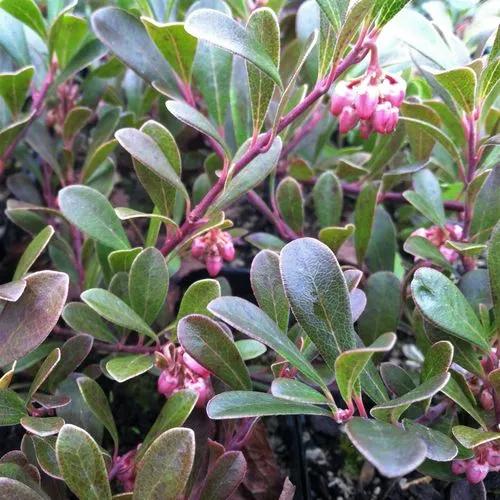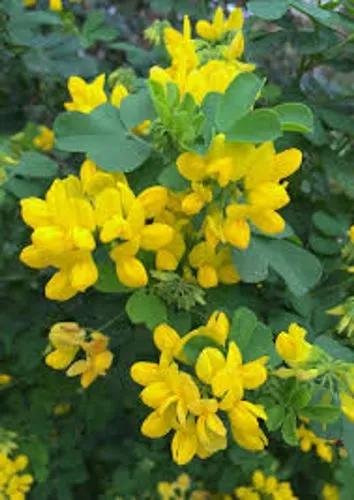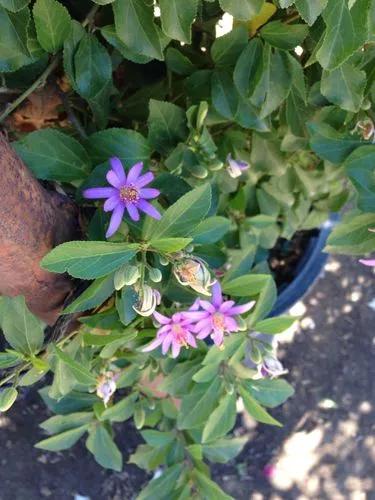Ficus erecta is a deciduous or semideciduous shrub or tree; it can grow from 2 - 7 metres tall. The plant is sometimes harvested from the wild for local use as a food and source of fibre. It is sometimes grown as an ornamental
Ficus Erecta Care
Ficus Erecta



Ficus is a pantropical genus of trees, shrubs, and vines occupying a wide variety of ecological niches; most are evergreen, but some deciduous species are endemic to areas outside of the tropics and to higher elevations.[4] Fig species are characterized by their unique inflorescence and distinctive pollination syndrome, which uses wasp species belonging to the family Agaonidae for pollination. The specific identification of many of the species can be difficult, but figs as a group are relatively easy to recognize. Many have aerial roots and a distinctive shape or habit, and their fruits distinguish them from other plants. The fig fruit is an enclosed inflorescence, sometimes referred to as a syconium, an urn-like structure lined on the inside with the fig's tiny flowers. The unique fig pollination system, involving tiny, highly specific wasps, known as fig wasps that enter via ostiole these subclosed inflorescences to both pollinate and lay their own eggs, has been a constant source of inspiration and wonder to biologists.[5] Finally, three vegetative traits together are unique to figs. All figs possess a white to yellowish latex, some in copious quantities; the twig has paired stipules or a circular stipule scar if the stipules have fallen off; and the lateral veins at the base of the leaf are steep, forming a tighter angle with the midrib than the other lateral veins, a feature referred to as "triveined".
How to Care for the Plant

Popularity

51 people already have this plant 4 people have added this plant to their wishlists
Discover more plants with the list below
Popular articles






